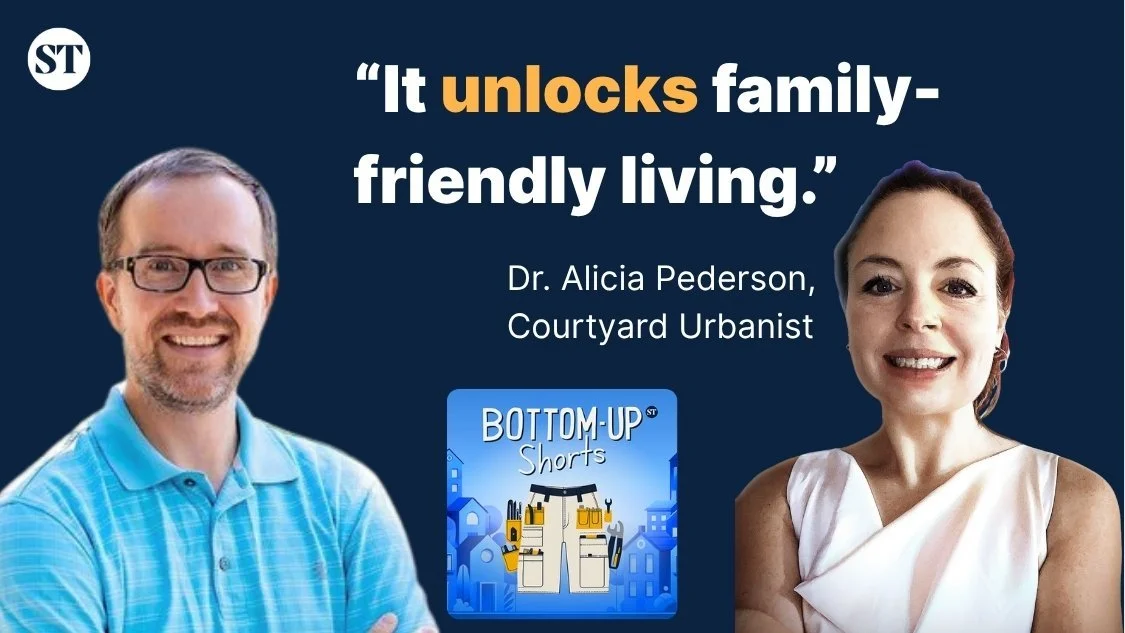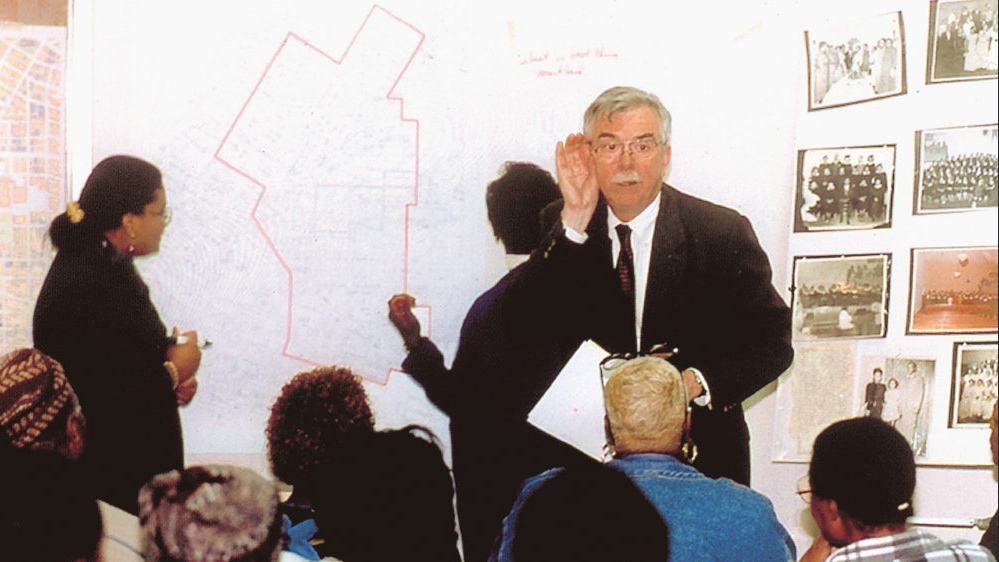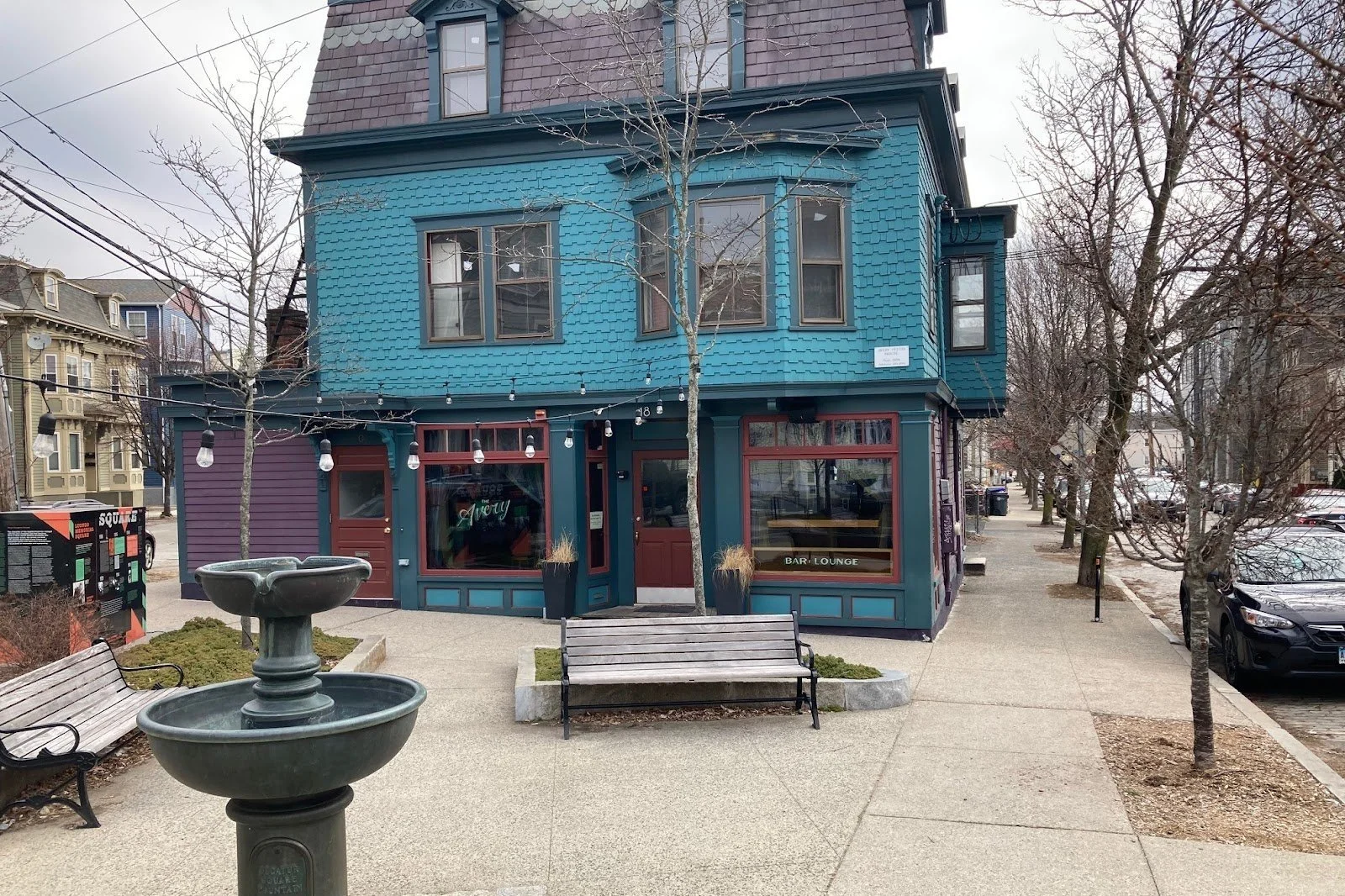Places are not static; they are dynamic. And sometimes, “for-awhile” uses can be the bridge that gets us from stagnation to vibrancy.
Read MoreDr. Alicia Pederson is a writer and advocate who encourages cities to adopt courtyard urbanism. She explains the benefits of this development style and how to advocate for it. (Transcript included.)
Read MoreHere are eight reasons a storefront might sit vacant, applying to both professionally new built and legacy storefronts.
Read MoreJane Jacobs identified four key ingredients for good urban settings: compact development, varied buildings, mixed uses and short blocks. Here's why these ingredients are important and how certain regions in the U.S. might face more difficulty in implementing them than others.
Read MoreWhen protesting zoning code reform, many people cite concerns about the character of a neighborhood changing. However, many neighborhoods only have their unique, treasured character because they were built before zoning ordinances were enacted.
Read MoreRates of loneliness and unhappiness are on the rise in the United States, but our European counterparts don’t seem to have the same problem. Why? Part of the reason is the way our built environment isolates us.
Read MoreWith work patterns shifting as technology advances, retrofitting suburban office buildings has become increasingly important to developers and planners. Here are five ways you can make your office building more appealing and resilient.
Read MoreHitsville U.S.A. is known for producing artists, recordings and a distinctive Detroit sound, but it also represents an important element of a strong city: mixed-use development. If Detroit hadn’t let Berry Gordy turn the first floor of his home into a recording studio, Motown Records might not exist today.
Read MoreA yoga studio owner turned into a developer and transformed a former mill into a mixed-use building, offering housing and economic opportunities in Rhode Island's fourth largest city.
Read MoreRay Gindroz, FAIA, led countless projects on transforming public housing into mixed-income neighborhoods. In this interview, he talks about his half-century-long career and insights into the future of housing.
Read MoreAre they a fountain of mixed-use opportunity or a financial drain for cities?
Read MoreOn today’s episode of the Strong Towns Podcast, Chuck Marohn dives into controversies surrounding the concept of the 15-minute city.
Read MoreWith many baby boomers wanting to downsize, the housing market is dominated by large, single-family homes…but that’s not the kind of housing that’s in demand, anymore. Here’s why this is bad news for all generations.
Read MoreThe way we build our neighborhoods in North America is nothing like making a pizza. But maybe it should be.
Read MoreMixed-use development was once the norm in cities and towns, but most Americans no longer remember how it works. Here are 3 easy-to-understand forms that mixed use could (and should) take in your community.
Read MoreA small, local, mixed-use business versus a new Amazon warehouse. Let’s put these two business proposals before the Shark Tank (Winnipeg edition).
Read MoreIf you live in a city or town with old, abandoned storefronts, this one’s for you!
Read MoreYou might not guess by looking, but this traditional neighborhood development is an employment powerhouse.
Read MoreYou don’t want to miss this CNBC documentary video about the financial fragility of the suburban development pattern.
Read MoreIt’s time we change our zoning rules to allow more small commercial spaces to help spice up and enliven our residential streets and neighborhoods.
Read More



















